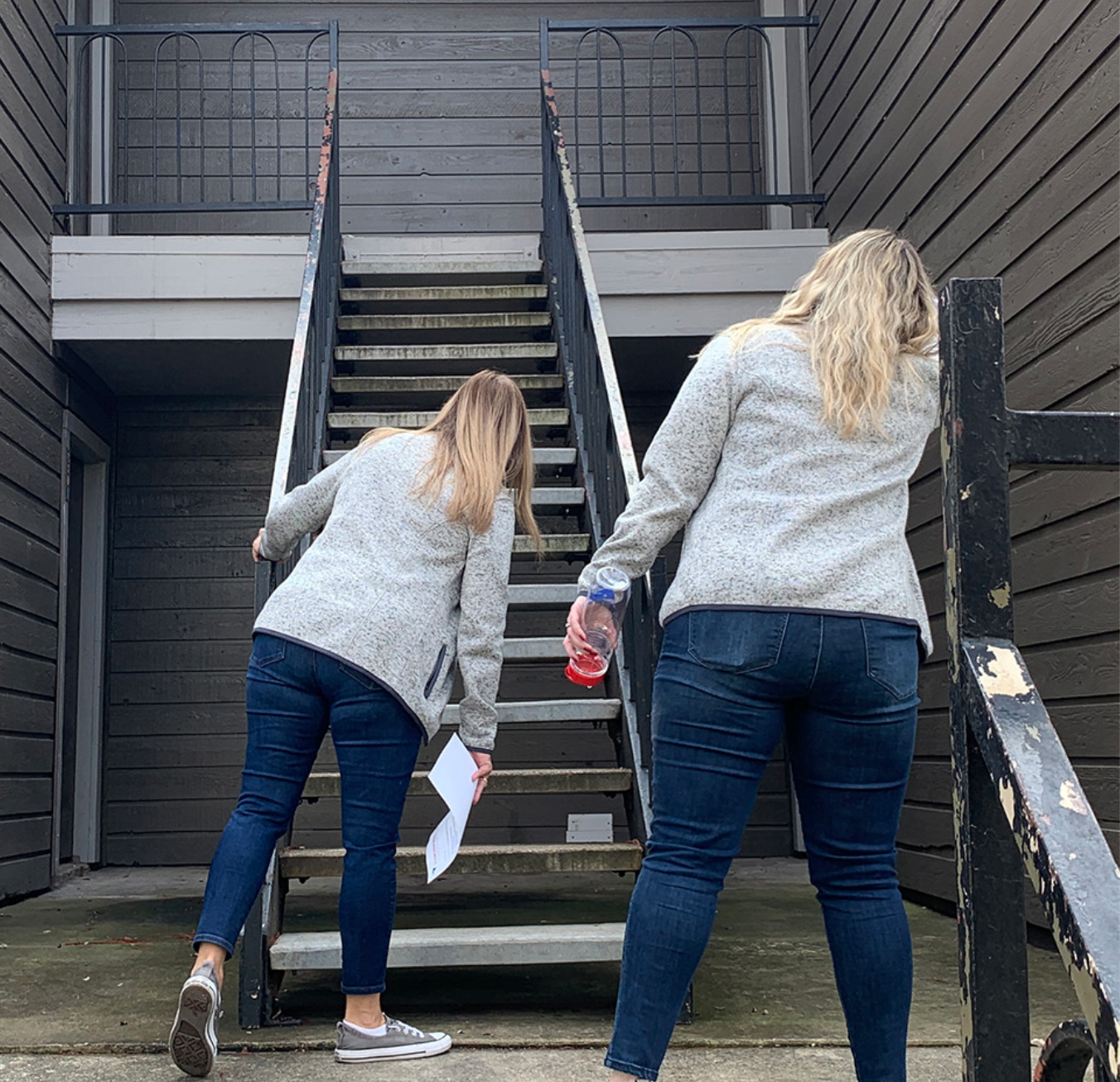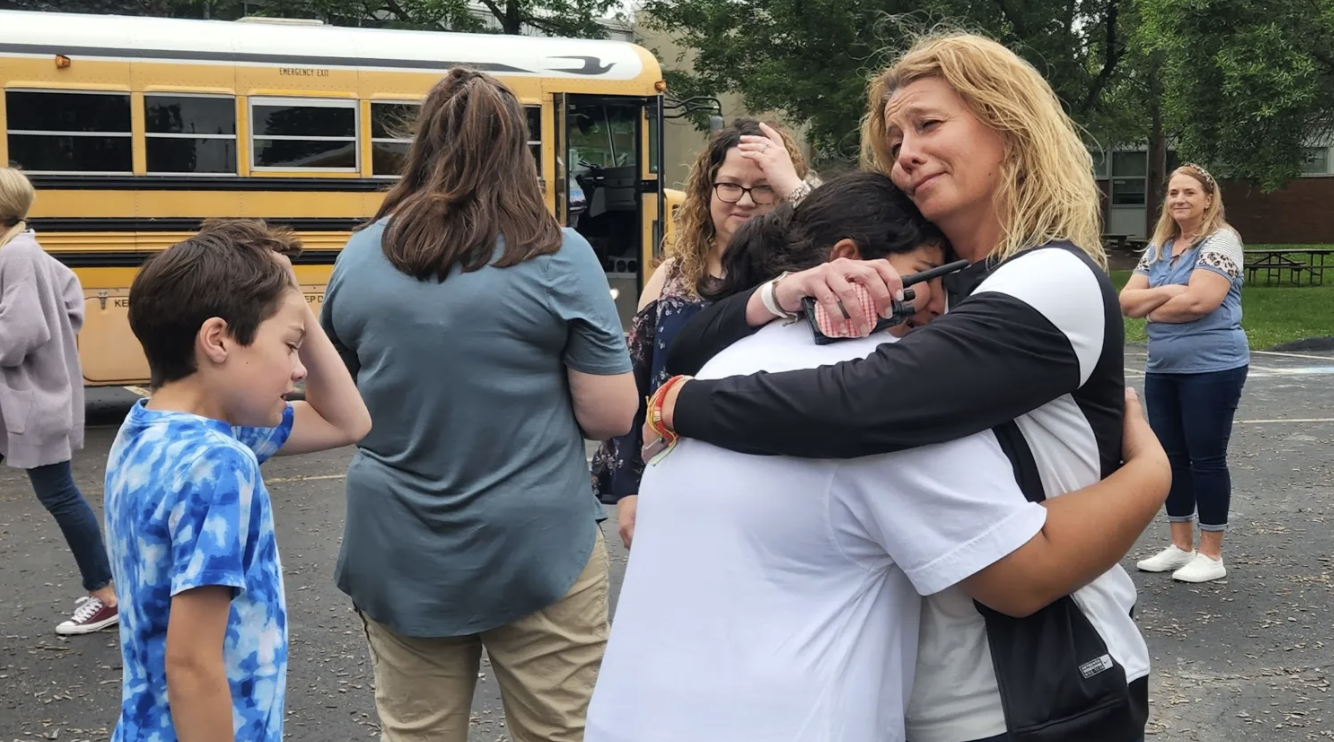Pricey textbooks holding Fresno college students back. Could this fix the problem?
Pricey textbooks holding Fresno college students back. Could this fix the problem?
By Ashleigh Panoo, The Fresno Bee, March 19, 2021
Janessa Martinez was eager to return to Fresno City College after five years out of school.
But Martinez, who prefers ‘they/them’ pronouns, said they were crushed by the punishing cost of textbooks, and maxed out two credit cards to make it work.
“The prices really put a damper on things,” said Martinez, who is double majoring in business administration and psychology. “I felt helpless. I felt like giving up before I even started.”
Whitney Menefee, a biology instructor at Reedley College, said she understands the struggle of paying hundreds of dollars every semester for books, some of which go partially unused.
“I teach courses where the textbooks are really expensive,” she said. “My anatomy textbooks, for example, could be $200, $300 for just the textbook.”
The costs of textbooks and digital class content can be a barrier for students to finish their degree, Menefee said. A survey conducted by State Center Community College District in fall 2020 showed that 53% of students avoided attending school full time because of textbook costs.
“I’m from the Valley. I went to Reedley College, too,” Menefee said. “I know the struggle of paying for textbooks.”
Educational attainment in the central San Joaquin Valley is lower than much of the rest of the state, according to information from the U.S. Census Bureau. Fresno, Madera, Kings, and Tulare counties have some of the highest rates of adults without high school diplomas. Studies show a correlation between educational attainment, average earnings, and poverty rates.
Menefee is now part of a growing movement taking shape at Reedley College, training instructors to use open educational resources instead of traditional textbooks and course content purchased from big-name publishers.
Behind that movement is Amanda Taintor, Reedley College’s interim Title V director. A former tenured child development instructor, Taintor came across the idea of using open educational resources when she was Reedley’s distance education coordinator and coordinator of instructional design. She’s been the district’s biggest open-source advocate ever since.
“Students are saying again, and again, and again, ‘It’s the textbook costs that have created this huge barrier to my education,” she said.
WHAT ARE OPEN EDUCATIONAL RESOURCES?
Open educational resources, or OERs, are openly licensed content, freely available online to be reused, adapted, redistributed, or changed without permission from the creator.
They come in the form of ebooks or online platforms that allow students to take quizzes or complete homework.
OERs have caught the attention of California Gov. Gavin Newsom, who has sought to set aside $15 million in the 2021-2022 budget to help community colleges create degrees with zero textbook costs.
It’s not the first time Newsom has tried to boost the use of openly licensed content either. In the 2016-2017 budget, $5 million was allocated to the cause.
Research from across 23 colleges that received the funding showed that students, especially Pell Grant recipients, earned better grades when they did not have to pay for course materials. Zero textbook cost courses can be taught with OERs or traditional textbooks, as long as students do not have to pay for them.
After securing a grant, Taintor started training faculty in the child development department to gather, create and use the free content, so students would not have to pay a dime toward instructional materials.
In the past four years, the college has gone from just a few zero textbook cost courses at Reedley to over 800 across all of State Center Community College District. It’s saved students over $2 million in textbook costs, according to the district.
Over 600 of those courses were taught at Reedley College, said Taintor.
“We’ve really been spearheading that movement across the district,” she said.
Taintor recently took a sabbatical to create a framework the district will use to guide instructors to research, gather and create content for their own classes.
Reedley College is on the cusp of creating several zero textbook cost degree pathways, Taintor says.
“We’re almost there to have one in biology and one in child development and getting really close to one in math,” she said.
A ZTC degree would mean a student could earn an associate degree without ever paying for course materials.
GROWING OERS
If OERs are free, why do schools need funding? It’s about time and education, Taintor said.
The grants are used to pay faculty to create their own textbooks and content.
Once they get a stipend, instructors usually develop their own creating course content over the summer, Taintor said.
“Then you see this explosion because many will then talk to their peers and other faculty, and there’s this organic growth that occurs on the campus.”
It’s hard work, said Menefee, the biology instructor, who has taught with open educational resources for several years.
“I’ve put hours and hours into this work,” she said. “It takes time to search for resources. It takes time to build them the way that you want them that would be best suited for your students. As faculty, we’re already pressed for time as it is. So finding that extra time to do it, it’s tough.”
And publishing companies can make it too easy to lean back on their pricey content, Taintor said.
“Publishing companies market that way, the really cool things you get with an access code,” she said.
Taintor said there’s similar openly licensed content that can be found for free.
Not all educators are on board with using OERs, she said. Some don’t like being told which resources they should use.
“This is the ultimate expression of our academic freedom,” she tells them. “As instructors, we have this amazing ability to be the curator of our content. Because we’ve been out in the field, we know what content is going to be best for them, and we get to put it together. We get to remove all of the fluff.”
Although the content is formed online, if students or instructors want to make physical copies, it would still be cheaper than a traditional textbook, Taintor said, typically under $10 for softcover copies. Open Stax, Lulu, and LibreTexts all print OERs.
“Reedley College was also lucky to create a great partnership between our local print shop and the bookstore,” she said. “If an instructor had an OER they had created and wanted students to have a print copy option, they would send the PDF/Word document to the print shop, who would then deliver it to the bookstore.”
TEXTBOOK SPENDING ON THE DECLINE
Student spending on course materials has already been on a multi-year decline, according to studies from Student Watch and Student Monitor.
Both 2-year and 4-year college students spend an average of $413 a year on textbooks and access codes, down from about $700 in 2010, research shows.
Yet, textbook costs are still keeping students from doing their best, Taintor said.
Martinez, the Fresno City College student, said living paycheck-to-paycheck is stressful, but “I will do whatever I need to do to complete (college), even if it means putting myself further into debt.”
There are others, Taintor said, who must choose between surviving or a textbook. She’s heard educators who didn’t realize that their choice of a textbook “was making it so the students couldn’t buy groceries this week or couldn’t get their epilepsy medicine. It’s very, very powerful.”
In an Education Lab survey, 50% of respondents said they dropped a class because they couldn’t afford the textbook.
Open educational resources also let students keep access to their homework after the semester ends, something that a publisher’s online platform does not. It also helps if they need to retake the class.
“If you have a student that, for whatever reason, they fail the class, they have to pay that $150 again because that access is only granted for one semester, Taintor said.
Menefee said she’s enjoying openly licensed content because it enables her to get straight to teaching from the book the first week. Before, she’d have to wait for a few weeks until students were able to get their books.
“They’re waiting for their financial aid checks, or they’re back-ordered at the bookstore, or they’re waiting for their next paycheck,” she said.
Although the zero textbook cost movement is picking up at Reedley College, it’s harder to implement at larger campuses, such as Fresno City College, Taintor said.
“It really takes somebody on campus taking ownership of that, and being willing to do a lot of that leg work to knock on instructors doors.”
She said the Academic Senate for California Community Colleges created an OER liaison on each campus to get more support for the program.
“It is growing on all the other campuses,” she said, “and it’s really exciting to be able to see.”
The Education Lab is a local journalism initiative that highlights education issues critical to the advancement of the San Joaquin Valley. It is funded by donors. Read more from The Bee’s Education Lab on our website.






